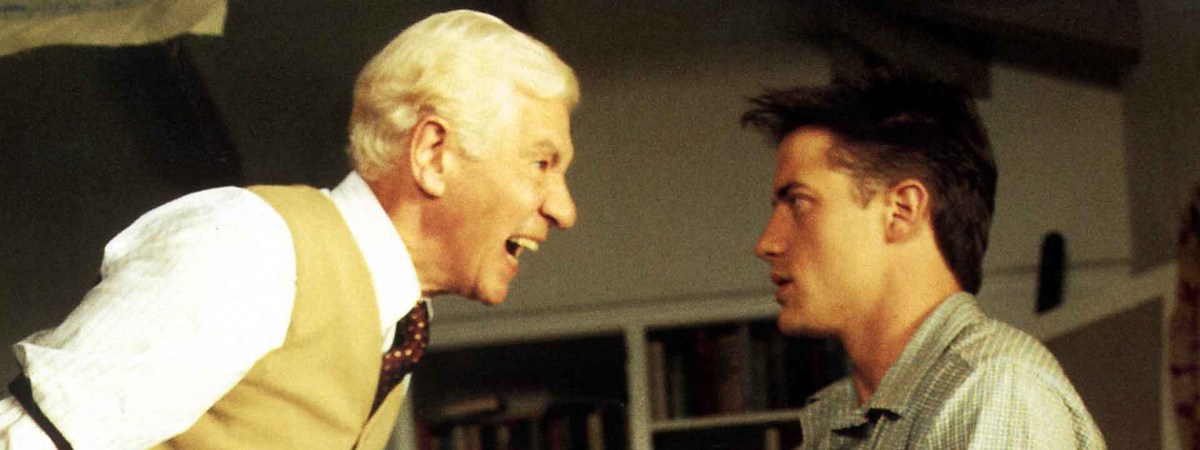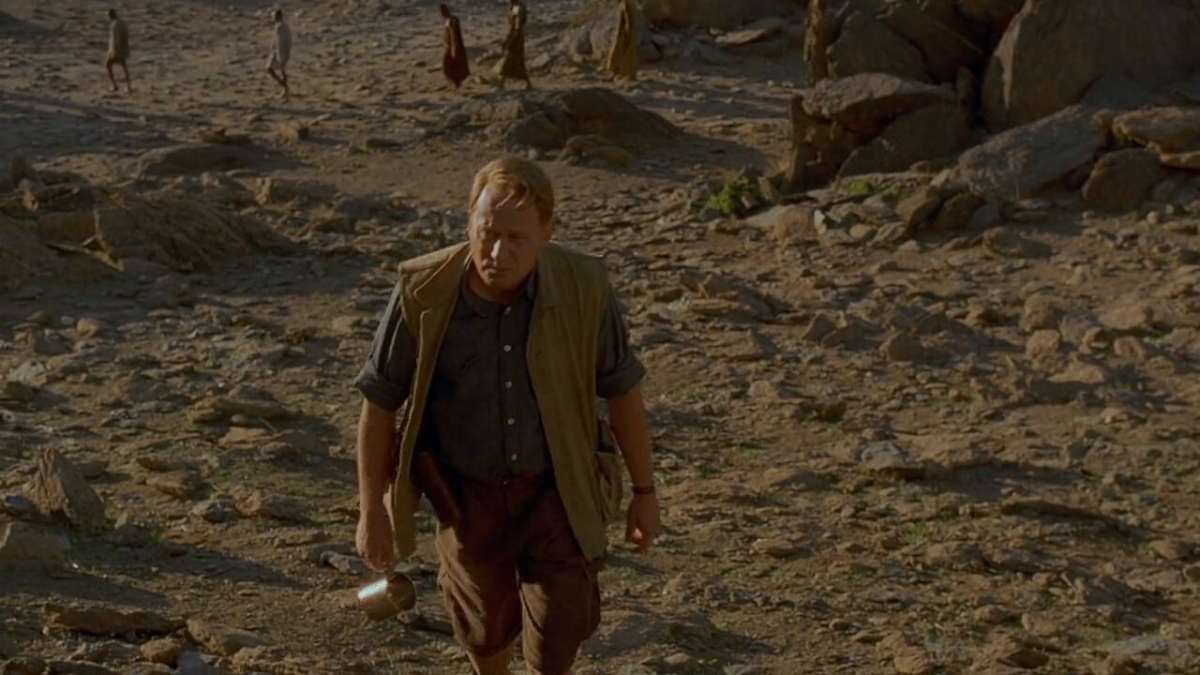‘God was with him’: Actor James Woods describes harrowing wildfire – “God was with him”: Actor James Woods describes harrowing wildfire. This gripping account details Woods’ terrifying escape from a raging wildfire, a harrowing experience that tested his limits and highlighted the power of faith. We’ll explore his dramatic ordeal, the role of his faith in his survival, the wildfire’s devastating impact, and the media’s portrayal of the event.
Get ready for a compelling story of survival, resilience, and the enduring strength of the human spirit.
Woods’ narrative offers a powerful blend of personal experience and spiritual reflection. From the initial moments of panic to the ultimate escape, he recounts his ordeal with vivid sensory details, leaving the reader feeling the heat, smelling the smoke, and experiencing the fear alongside him. The significance of his faith, symbolized by the phrase “God was with him,” is central to understanding his survival and his subsequent recovery.
We’ll delve into the environmental and community consequences of the wildfire, analyze the media coverage, and examine Woods’ path toward healing and resilience.
James Woods’ Wildfire Escape: ‘God Was With Him’: Actor James Woods Describes Harrowing Wildfire
Actor James Woods’ harrowing experience escaping a wildfire offers a compelling narrative of survival, faith, and the devastating impact of natural disasters. His account, often summarized by the phrase “God was with him,” highlights the intense physical and emotional challenges he faced, the role of faith in his survival, and the broader consequences of the wildfire.
James Woods’ Account of the Wildfire Experience
Woods’ account details a rapid escalation of events. He initially noticed the fire’s proximity, feeling the rising heat and seeing the smoke. Fear and urgency fueled his actions as he quickly gathered essential belongings and prepared for evacuation. The most harrowing moments involved the intense heat, the crackling sounds of the fire, and the sight of flames engulfing nearby areas.
The sensory details he likely described – the smell of burning wood, the taste of smoke in the air, the feeling of intense heat on his skin – paint a vivid picture of his desperate escape. The phrase “God was with him” reflects his belief that a higher power intervened to ensure his safety amidst the chaos. His narrative likely followed a chronological order, detailing his preparations, the escape itself, and his eventual safe arrival.
The Role of Faith and Spirituality

Woods’ faith played a significant role in his response to the crisis. His reliance on prayer and his belief in divine protection likely provided him with strength and resilience during the terrifying ordeal. Examples from his narrative, such as specific prayers or moments of faith during the escape, would underscore this aspect. His faith influenced his actions and decisions, potentially providing him with a sense of calm and guiding his choices in the face of danger.
From a theological perspective, “God was with him” can be interpreted as divine intervention, protection, or simply a reaffirmation of faith in times of adversity.
James Woods’ wildfire escape story, where he credited divine intervention, really highlights the terrifying power of nature. It reminds me of another celebrity’s brush with fire; check out this article about Actor Steve Guttenberg recounts his Palisades Fire experience: Actor Steve Guttenberg recounts his Palisades Fire experience for a similar, yet different perspective. These stories underscore the unpredictable nature of wildfires and the importance of preparedness, even for the famous.
The Wildfire’s Impact on the Environment and Community, ‘God was with him’: Actor James Woods describes harrowing wildfire

The wildfire likely caused widespread devastation. Its scale and impact on the environment and community were substantial.
| Category | Impact | Location | Specific Examples |
|---|---|---|---|
| Environmental | Extensive damage to flora and fauna, habitat loss, air pollution | [Specific geographic area affected by the wildfire] | Loss of trees, destruction of wildlife habitats, smoke inhalation affecting air quality |
| Human | Loss of property, displacement of residents, potential injuries or fatalities | [Specific communities affected] | Destroyed homes, evacuation of residents, reports of injuries or deaths (if applicable) |
Media Representation and Public Reaction
Media coverage of Woods’ experience likely varied across different outlets. Some may have focused on the dramatic escape, others on his faith, and still others on the broader implications of the wildfire. Public reaction probably ranged from sympathy and admiration to skepticism or criticism. Potential biases in reporting could include sensationalism, focusing on the celebrity aspect rather than the broader impact of the event, or selective use of details to fit a particular narrative.
A visual representation could be a chart showing various media outlets (e.g., newspapers, television channels, online news sites) arranged along a spectrum, illustrating the differences in their reporting styles. For example, one end might represent outlets prioritizing dramatic storytelling, while the other focuses on factual reporting and community impact. The placement of each outlet would reflect its approach to covering Woods’ story and the wildfire.
Resilience and Recovery
Following the wildfire, Woods likely engaged in various coping mechanisms. This could include seeking professional help, spending time with loved ones, and participating in community recovery efforts. His perspective on life might have shifted, leading to a greater appreciation for life’s fragility and the importance of faith and community support. A potential path to recovery could involve therapy, stress management techniques, and rebuilding his life, both physically and emotionally.
This narrative could highlight the importance of self-care, seeking professional help, and focusing on rebuilding a sense of normalcy and purpose.
James Woods’ wildfire escape story, where he credited divine intervention (“God was with him”), highlights the fragility of life. It makes you think about sudden loss, like the tragic news regarding Liam Payne, whose death was confirmed as polytrauma, as reported here: Liam Payne’s medical cause of death confirmed as polytrauma. Woods’ experience reminds us to appreciate every moment, contrasting sharply with the finality of Payne’s passing.
Closing Summary

James Woods’ wildfire experience serves as a powerful testament to human resilience and the unwavering strength found in faith. His account, marked by harrowing details and profound spiritual reflection, transcends a simple survival story. It becomes a reflection on the devastating power of nature, the importance of community support, and the enduring human capacity to overcome adversity. By examining both the physical and emotional aftermath, we gain a deeper understanding of the lasting impact of such traumatic events and the diverse ways individuals find strength and healing.
Detailed FAQs
What type of wildfire was it?
James Woods’ wildfire escape story, where he credited divine intervention with his survival (“God was with him”), is truly harrowing. To understand the depth of his emotional response, check out this article, ‘All Gone’: James Woods breaks down in tears recounting , detailing his emotional breakdown recounting the event. It really highlights the trauma he experienced, making his gratitude for surviving all the more powerful.
The specific type of wildfire isn’t detailed in the provided Artikel. Further research would be needed.
Where did the wildfire occur?
The location of the wildfire is not specified in the Artikel; additional information is required.
Did James Woods suffer any injuries?
The Artikel doesn’t mention specific injuries. More details are needed to answer this.
